
A conversation with Niki Williams
January 13, 2025
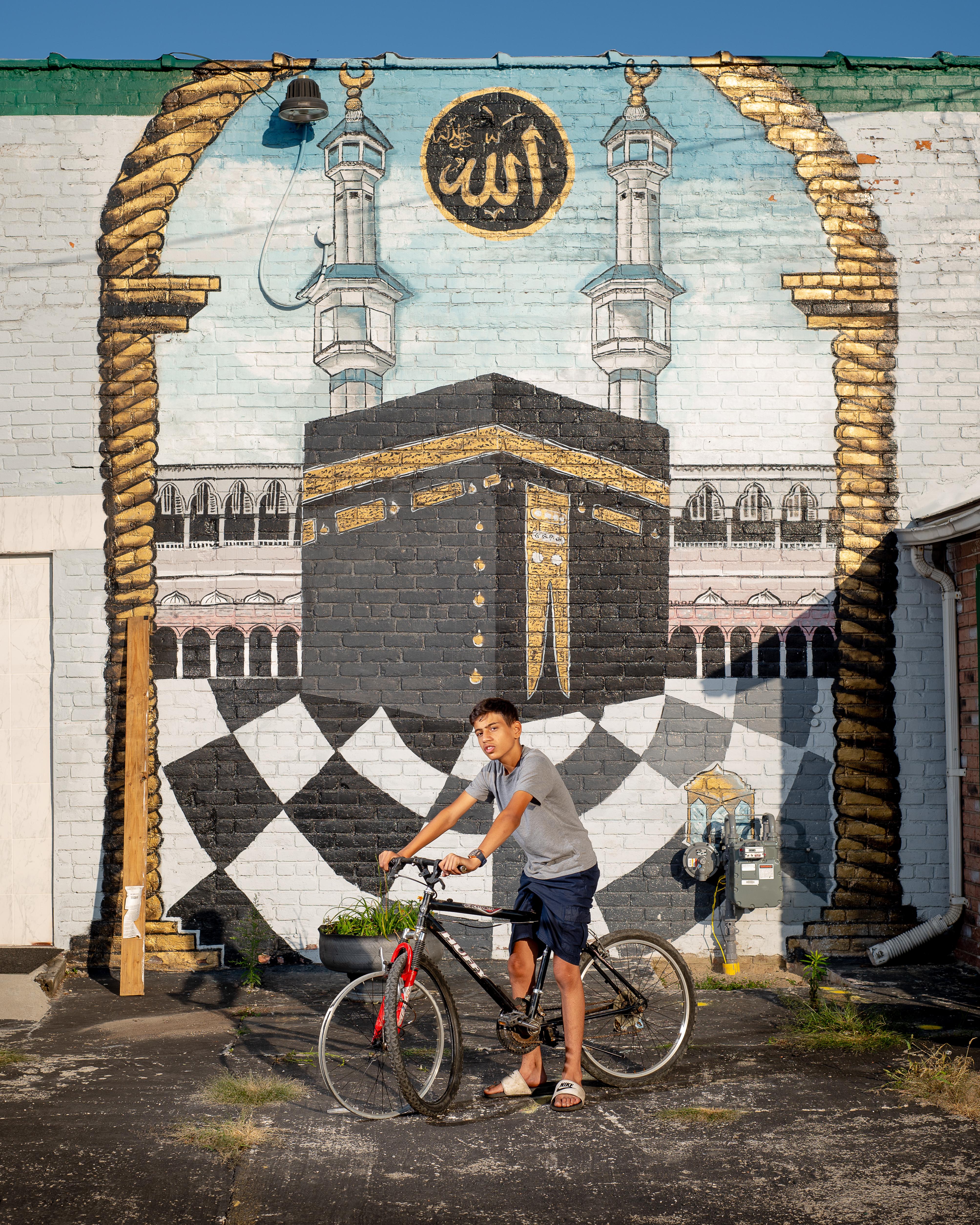
Niki Williams is a photographer known for his dreamlike depictions of everyday life. In his photos we encounter humans in their daily pursuits, their everyday rituals, daily routines, celebrations and with their loved ones. There is a potent and juicy tactility to his pictures, both in the way he composes his frames and in his unique editing techniques. Although the themes of his imagery vary from still life and landscape to event documentation and street portraiture, there is a consistency in the presence of dignity. Unlike many artists whose political, cultural, or sexual identity becomes apparent through their creative practice, viewers of Niki Williams’ photos have the chance to appreciate the same level of care regardless of background or world-view, everyone is equal. There seems to be a child-like curiosity that highlights the beauty in differences, reminding us that the world can still feel magical with the right frame of mind.
Within Wheel is Niki William’s first photo-book. Most of the images were taken while he was living in Detroit, Michigan. Here, we present an interview with the artist about this work and his experience as a photographer currently working between Michigan and California.
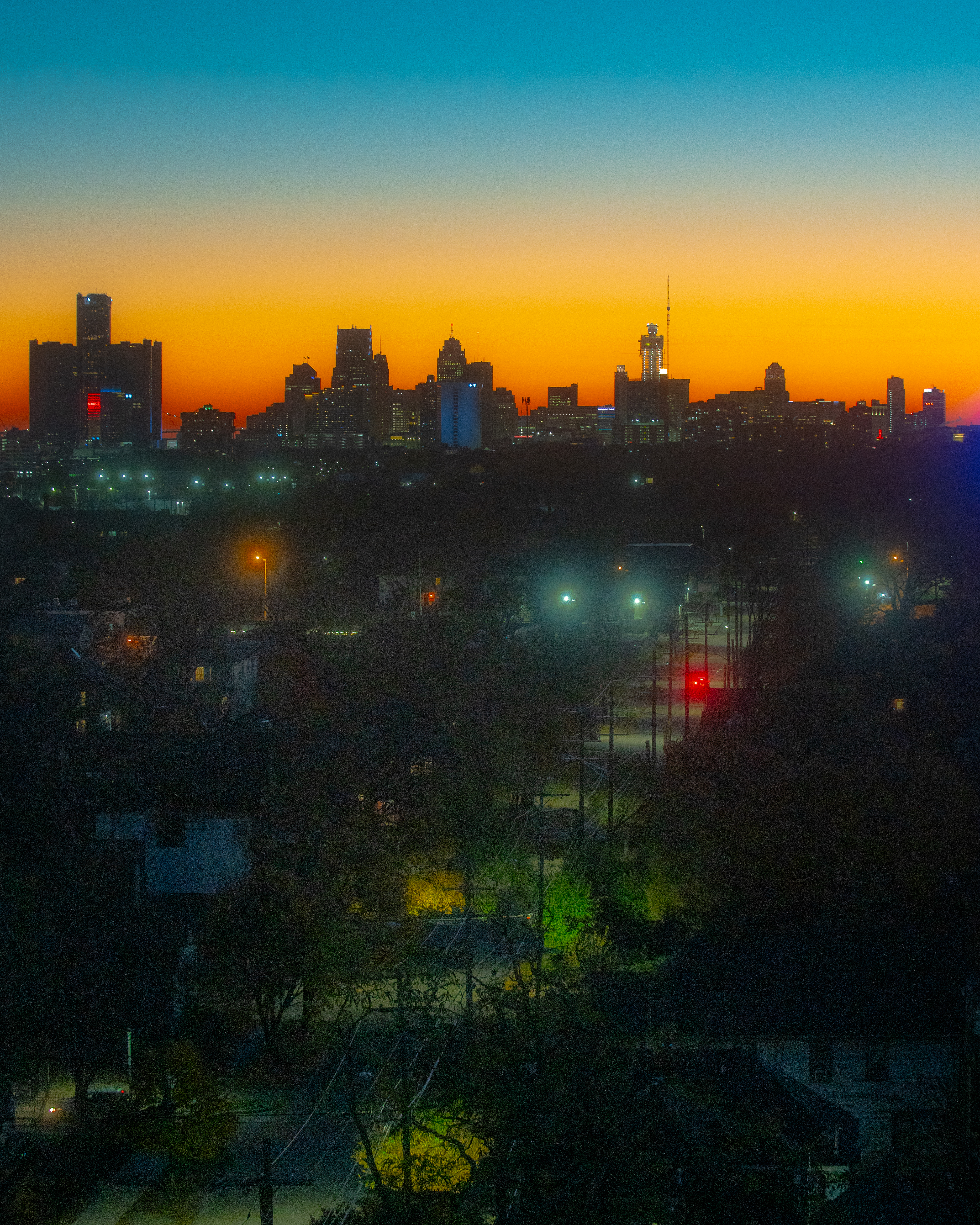
Ashley Cook: I’m wondering about the title of the book, Within Wheel, and if it is a reference to the layout of the city. The spokes of the wheel being Grand River, Gratiot, Michigan Avenue, Woodward, etc…
Niki Williams: Yes totally! The title references Detroit’s layout as well as how this book was produced. My process included biking around Detroit 3-4 days a week on a blue fixie ladened with strobes and lighting modifiers. I wanted to maximize encounters with all sorts of strangers and entice them to become collaborators and accomplices in picture making. I grew up in Allen Park. Both my parents have worked in Detroit since I was young. We would come to the city often for lunch at Lafayette Coney Island, and explore all sorts of landmarks “downtown”. One that left an indelible mark on me was the Point of Origin in Campus Martius, a glass covered hole in the ground through which one can view a granite post. This was the original starting point for Detroit’s street grid and the radial road system developed by Augustus Woodward after the Great Fire of 1805. I thought that might be a magic portal as a kid, and today I still find myself wondering if the city was designed to be a stargate (search up “Stargate Detroit”, haha). Woodward’s proposal was itself inspired by Pierre Charles L’Enfant’s plan for Washington, D.C.
I am in awe of how Detroit as a city has always reinvented itself after disasters, whether man made, natural, or economic. The work ethic and symbology of industrialization and innovation are everywhere. Spiritually, the idea of the wheel of fortune is always on my mind. Sometimes we find ourselves riding high, only to plunge into the dastardly depths. I find solace in the fact that if you hold on long enough you will be on top again. Nothing lasts forever, which makes every moment precious. Photography is my way of interacting with that basic truth.
The last photo in the book is of my young cousins contorting into a bridge-like formation over a carpet emblazoned with the spoked Red Wings logo. I made this picture in 2022, around the same time that they began building the deck of the Gordie Howe International Bridge. Synchronistic events like that take on a great meaning to me personally, marking time, and making me feel close to an underlying creative force in our world.
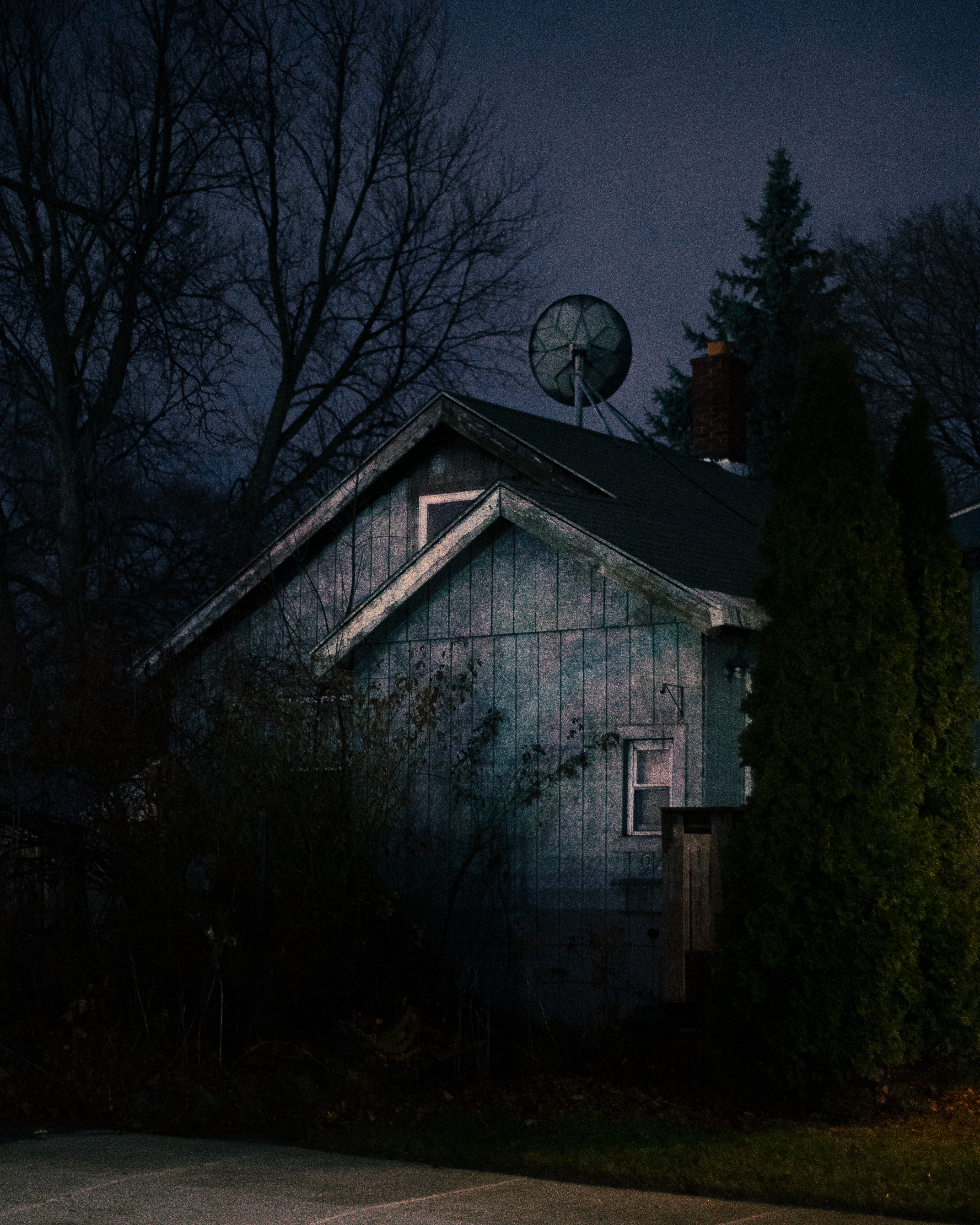
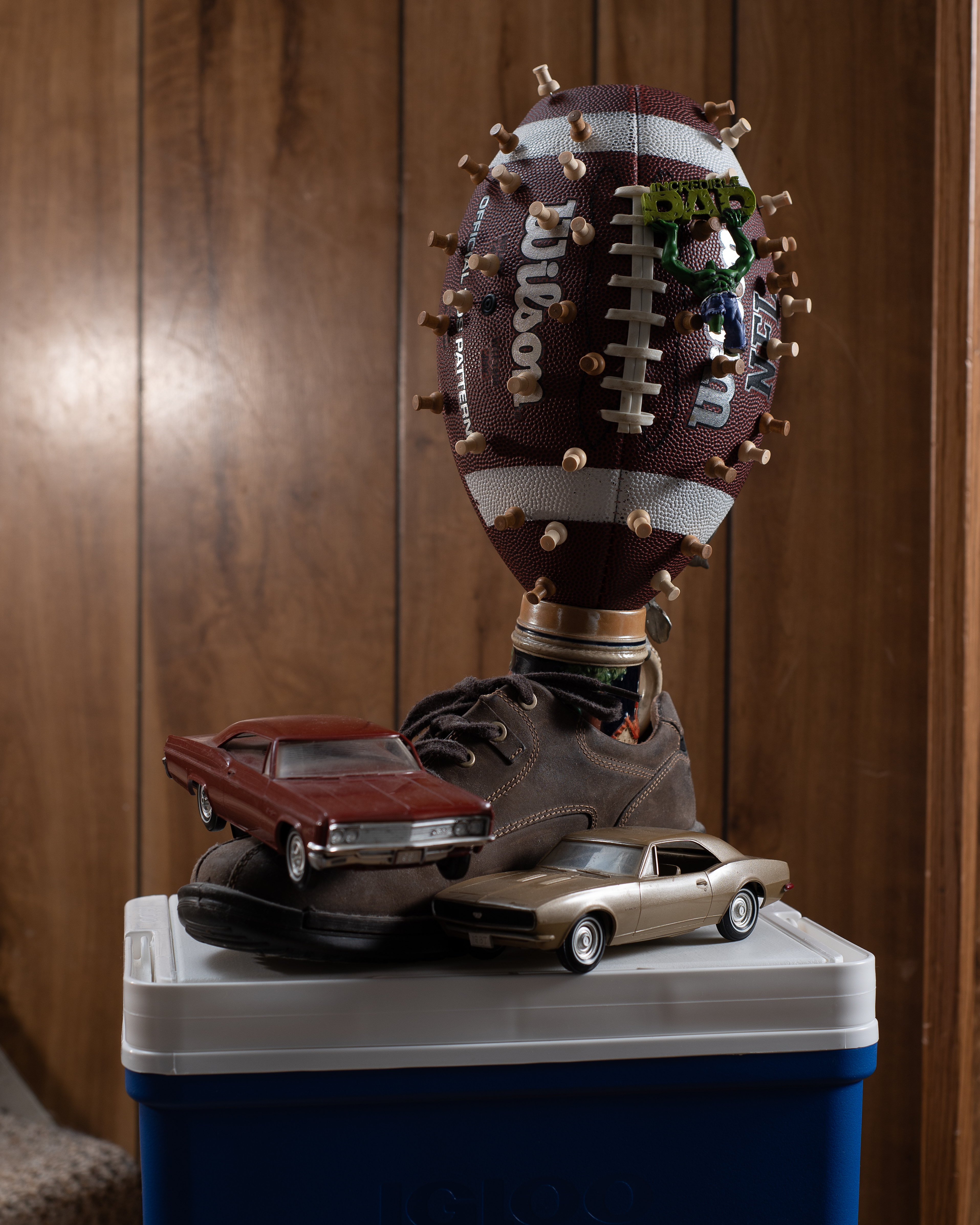
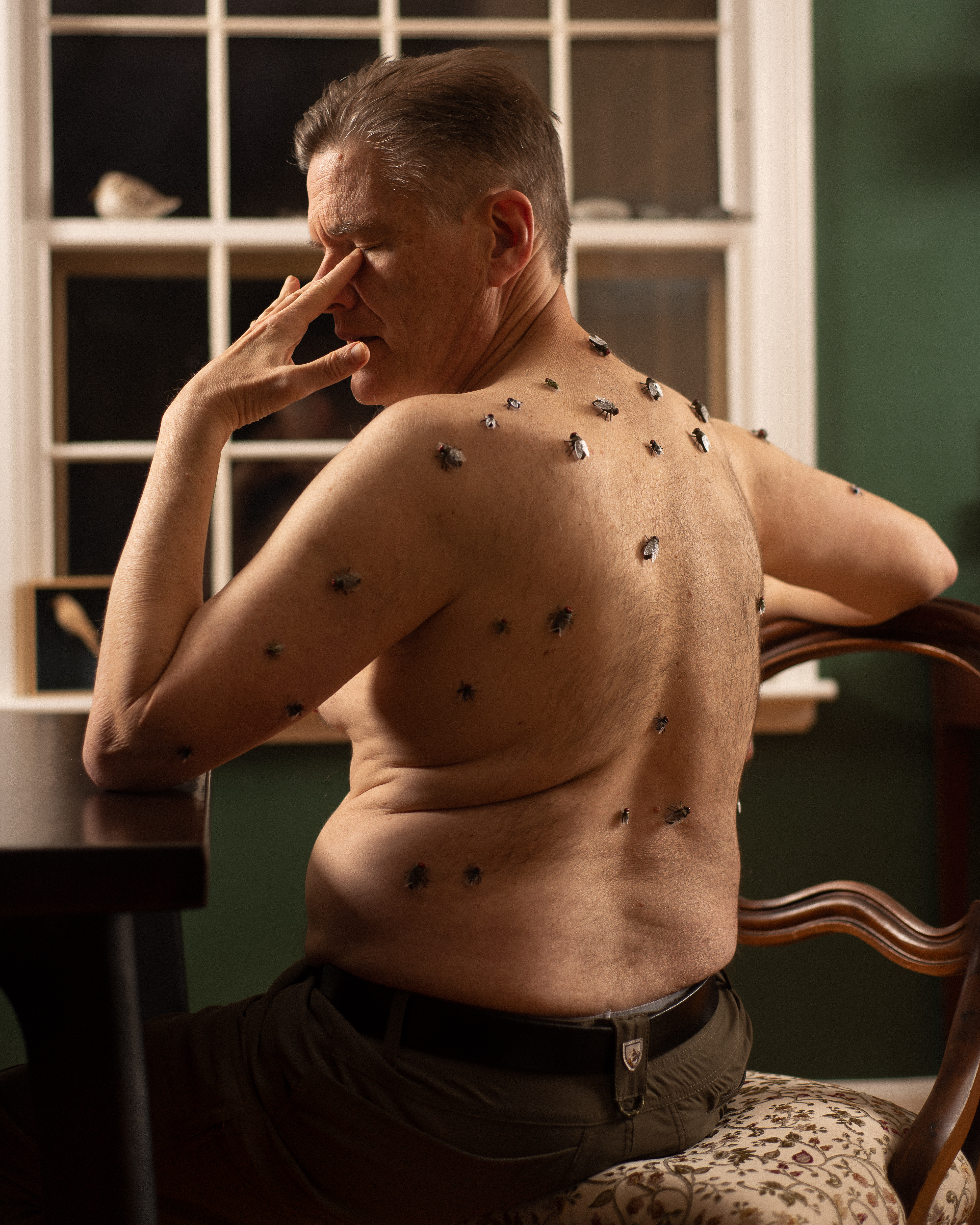
AC: Where does the symbol on the front of the book come from?
NW: The symbol on the book was illustrated by tracing the avenues radiating out of Campus Martius. When I let my mind race, I imagine that the entire country was designed by hermetic sorcerers who laid out cities using esoteric symbols, such as pentagons, in order to channel our innate energies and souls. I go down the rabbit hole...
All of the photos in this book were made after or during conversations with the folks pictured. As I said, it is important to me that they are collaborators. I eschew the word “subjects”. I would often steer the conversation towards internal world-views and found, surprisingly, that many people are as paranoid as I am, albeit in their own way. Many agree that something is going on. I was often so caught up in maximizing the amount of people I could run into that I did a poor job of documenting all these conversations, which I am self-conscious about, ultimately the discussions were for me anyways.
AC: You are currently based in Palo Alto, right? But you were in Detroit before. The collection of photos in the book, did you take those in Detroit when you were living here?
NW: I moved to Palo Alto in September 2024, right after printing the book, which was funded by a grant from the University of Michigan School of Social Work’s office of DEI. I moved to continue to explore life with my girlfriend Summer Krinsky (of the Detroit-based band Summer like the Season), who is attending Stanford’s CCRMA Program. Things out here are working out great, I am picking up assignments with the SF Standard, working at a bike shop and taking monthly road trips around the state working on my next body of work. Prior to this move, I had been living in Detroit from 2022-2024. I moved there after living in Ann Arbor for a decade, first attending and then working at the University of Michigan.
During my Ann Arbor days, I was not making these types of photographs, I was mostly drawing. Once I moved to the city, I began biking around all the time, just wandering, and experiencing the deep friendliness and openness of the city. It was a period of self reinvention. I lived in Woodbridge for 6 months, then moved to the Parkstone Building on the East side. I was recently divorced from a woman who has a very large and beautifully eccentric Detroit family. The book is a result of processing all of those emotions and my relationship with the city. A place where my parents worked but did not live in, a place I spent my teenage years skateboarding in, a place where I entered into a new extended family which was life changing, something I always wanted, which ultimately evaporated. My marriage ended, but I maintain ties with a lot of those family members, some of whom are in the book. The psychological space and mood I was in, emanates from figuring out where to go after things change. I now know change is the only constant life has to offer, and it makes preserving moments and people in pictures that much more important to me.
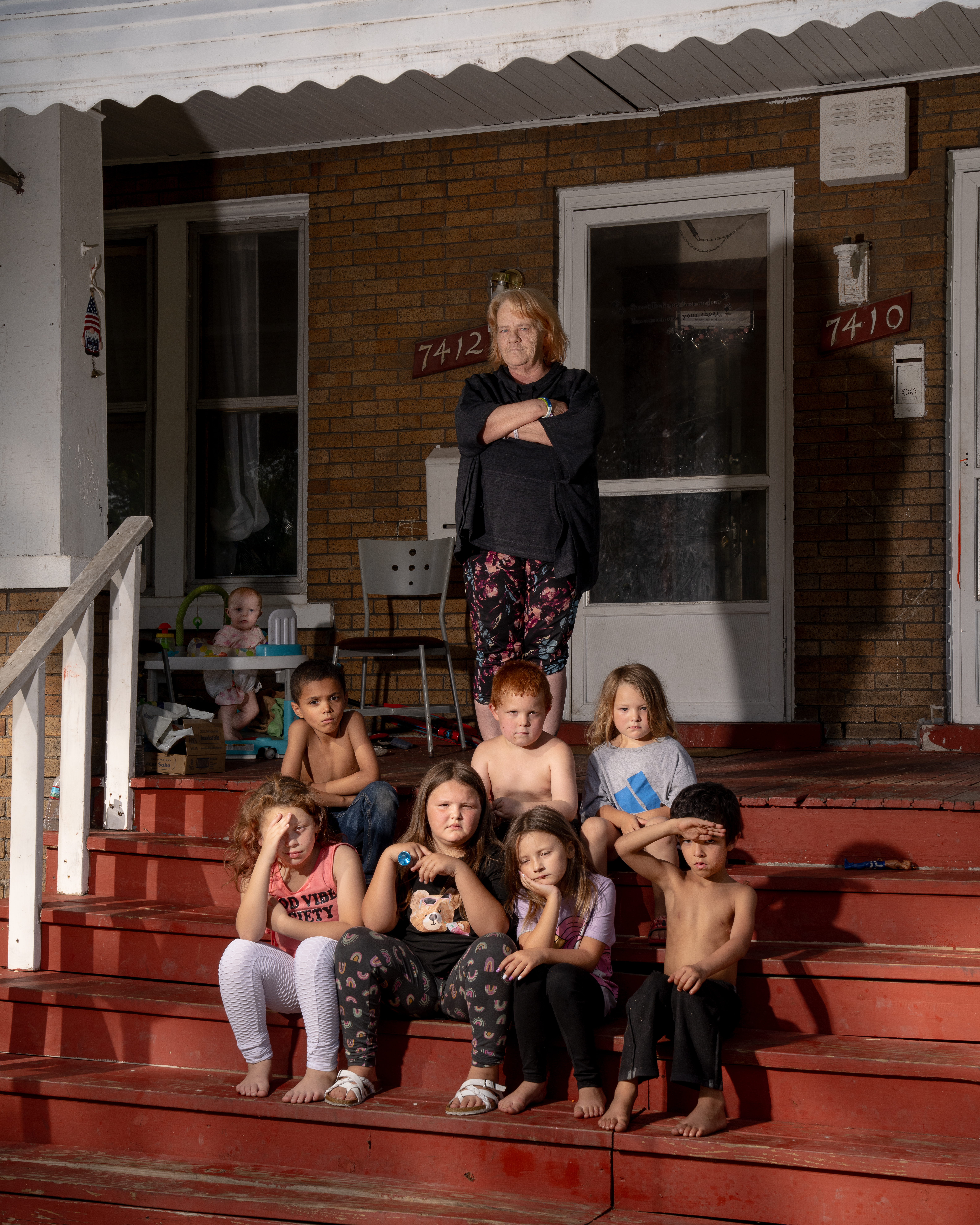
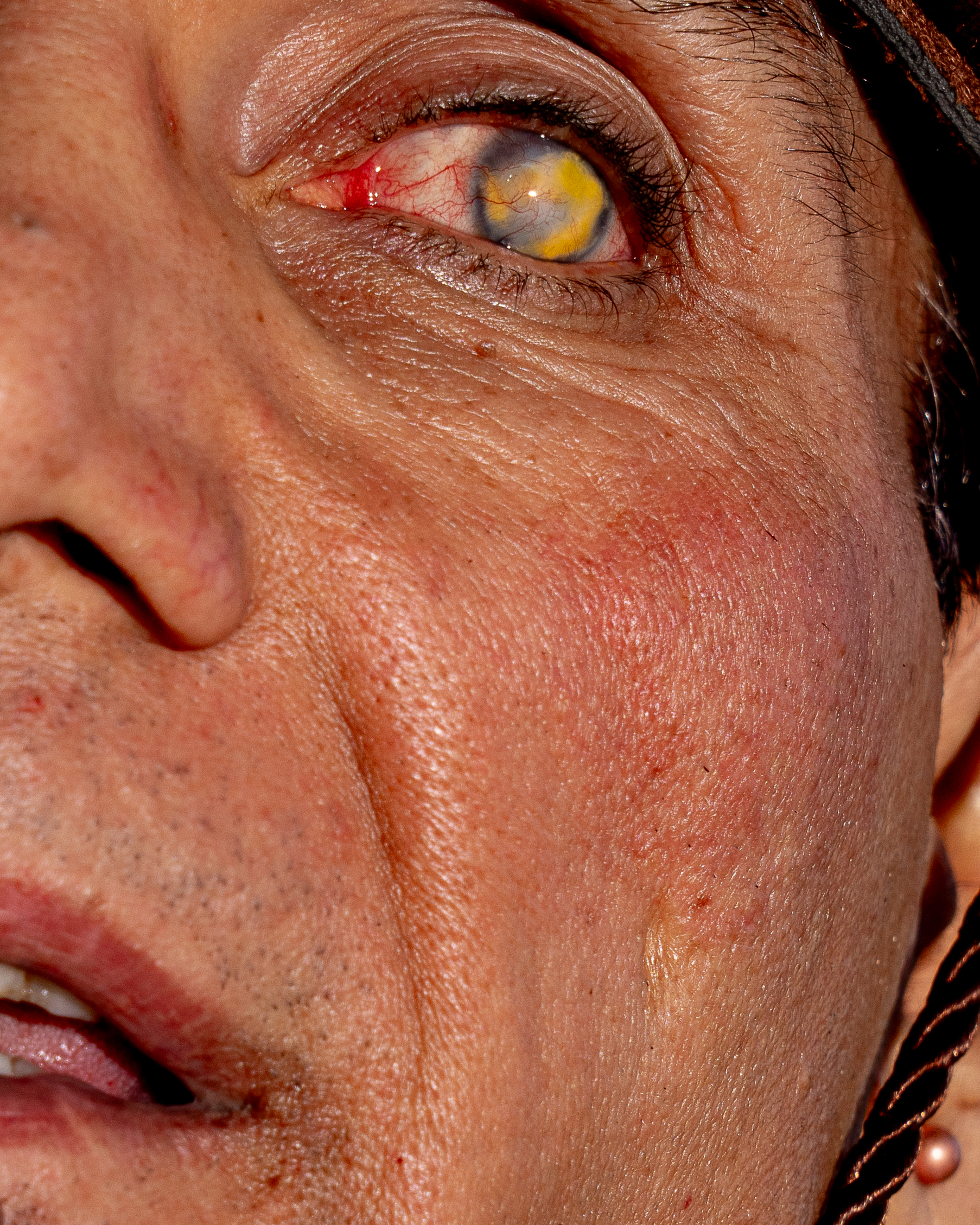
AC: There is a dreamy quality to each photo, like you are capturing a different world, but in reality, it’s the world we are surrounded by every day. This brings up a philosophical question about enchantment as an achievable level of consciousness. Like, we still have the capacity to be captivated even in adulthood. I guess that’s the role of the artist…do you have anything to say about that?
NW: Wow, I really feel you get it, which is super validating. I am very interested in the power of the camera to elevate and shape everyday experiences. I am also trying to be constantly aware of the power that one has when wielding one. I have found that a camera can be a magical key to unlock people and experiences that I might not otherwise have access to. It can be a tool to highlight that life is a stage on which to act. I find that many of us take that for granted. So many people are down to play around with you if you ask them respectfully and directly.
I suppose I am someone who is always seeking out a direct connection to the pan-ultimate creator. I think making pictures is a devotional practice of trying to point to the face of creation within everyday life, especially the image of shared creation that I believe we are all endowed with as human beings. I have always been very interested in the shared phenomenon of consciousness, which has led me down a winding path of spirituality, philosophy and religion. My immediate family are all self described atheists or agnostic and I grew up sensing but not learning about what we might call God. In my mid twenties I found I really needed something to explain how wild it is to be alive. I am a scholar of all sorts of spiritual systems and philosophies and have a great deal of respect for them all. Personally, I became most attracted to the teachings of Eastern Orthodox Christianity, which I discovered through some traumatic and ultimately humbling periods in my life. The dimensions we occupy as conscious beings, beyond material reality, are always on my mind, and in that way, usually play out in my interactions with people.
AC: What is the inspiration behind your use of color?
NW: I love bold colorful photographs and lighting setups that make people places and things “hyper-real”. It is so fun to light everyday encounters as one might light a commercial, editorial or advertising shoot. Ultimately all of those shoots are trying to sell things, but I am interested in applying those techniques to how someone steps out onto the streets to just live their lives. I am constantly trying to refine this and get better at it. Digital photography is preferable to this because you can try stuff out, look at it, share it with your collaborator and adapt quickly. It’s such a blast playing with tones, trying to hit that space in the mind’s eye that speaks to the soul.
AC: I feel like the way you edit the images after you take them sorta frames your subjects as characters in a story somehow…
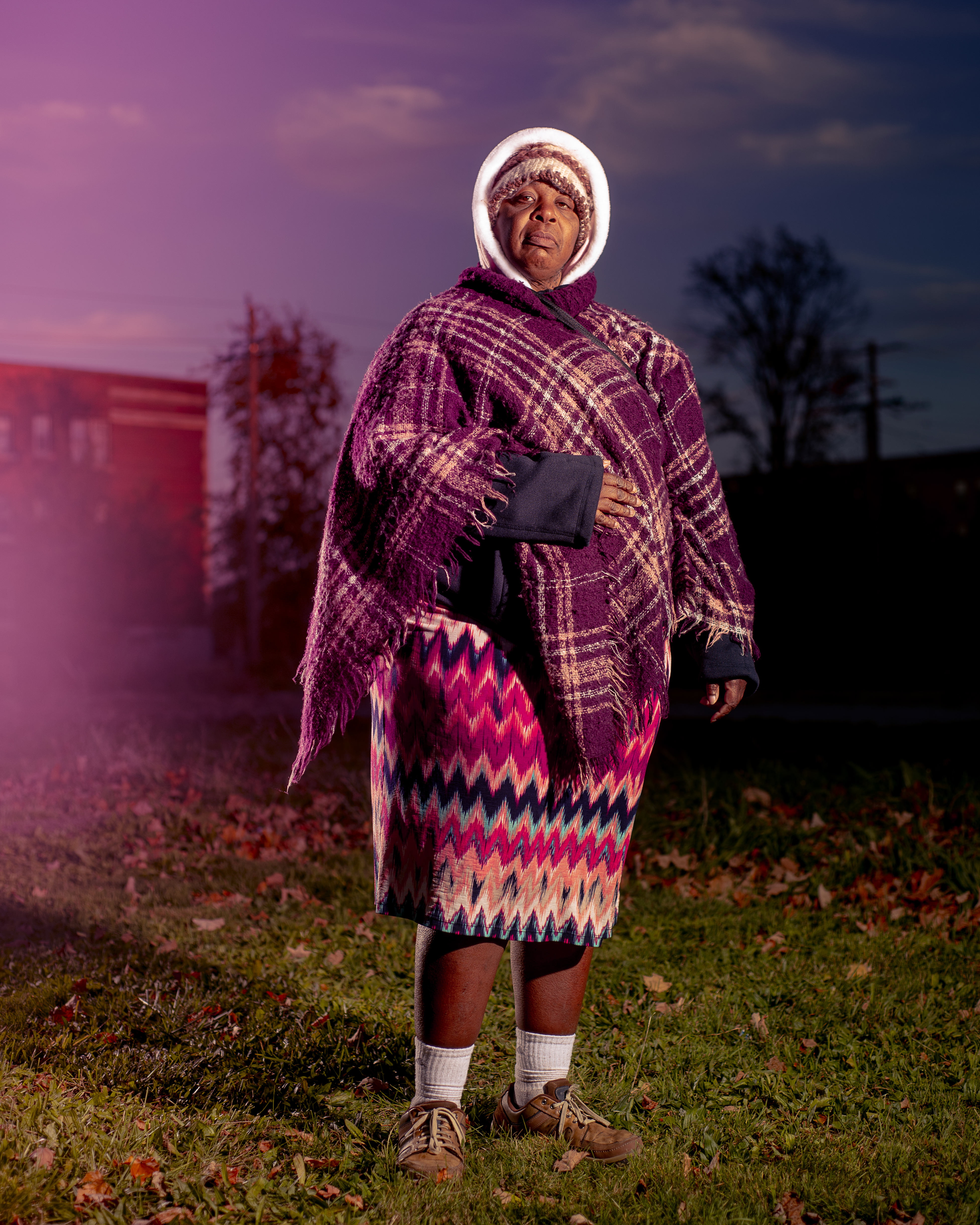
NW: Oh for sure… That story is still being revealed to me. I think an edit can go an infinite amount of ways, and in this case, I had a self-imposed deadline to create the final work (before my move). Editing is everything in photography, which, as a medium, occupies a very wide and contradictory application, from journalism to advertising. Within journalism and documentary traditions, photographers try to be objective in order to show us truth, which I personally reject as possible because we are all subjective in what we show and don’t show in any given situation. Within advertising and commercial applications, pictures are made to sell us on a product or aspirational idea. I have worked in both domains, however, within my own art, I am attracted to building and shaping a feeling or mood. It is similar to how music works, especially ambient techno or jazz.
AC: Your range in composition oscillates from portraiture, to still life, to landscape, etc, and with such a dynamic collection of cultures represented. Do you think about neutrality or “democracy” at all when you choose what to incorporate?
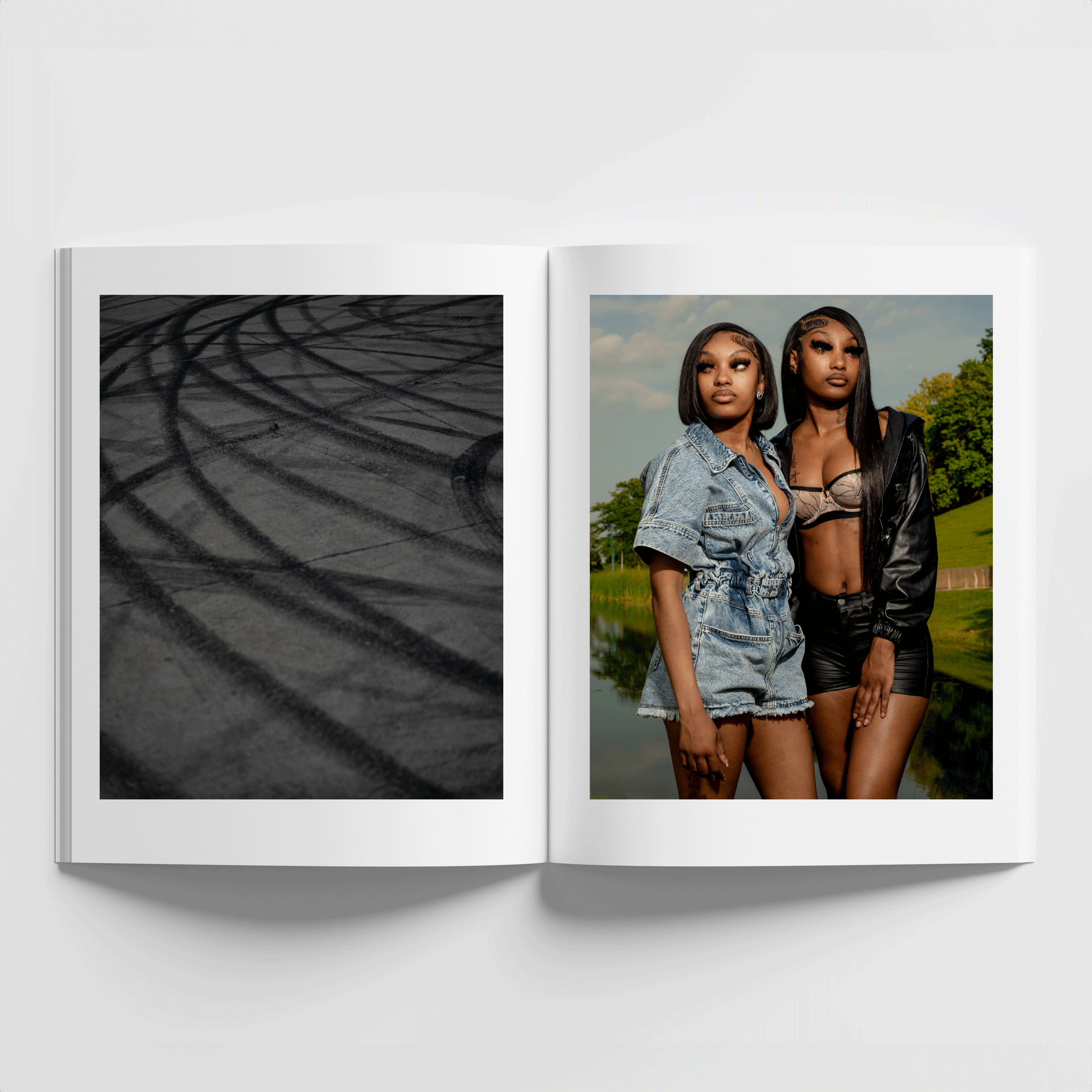
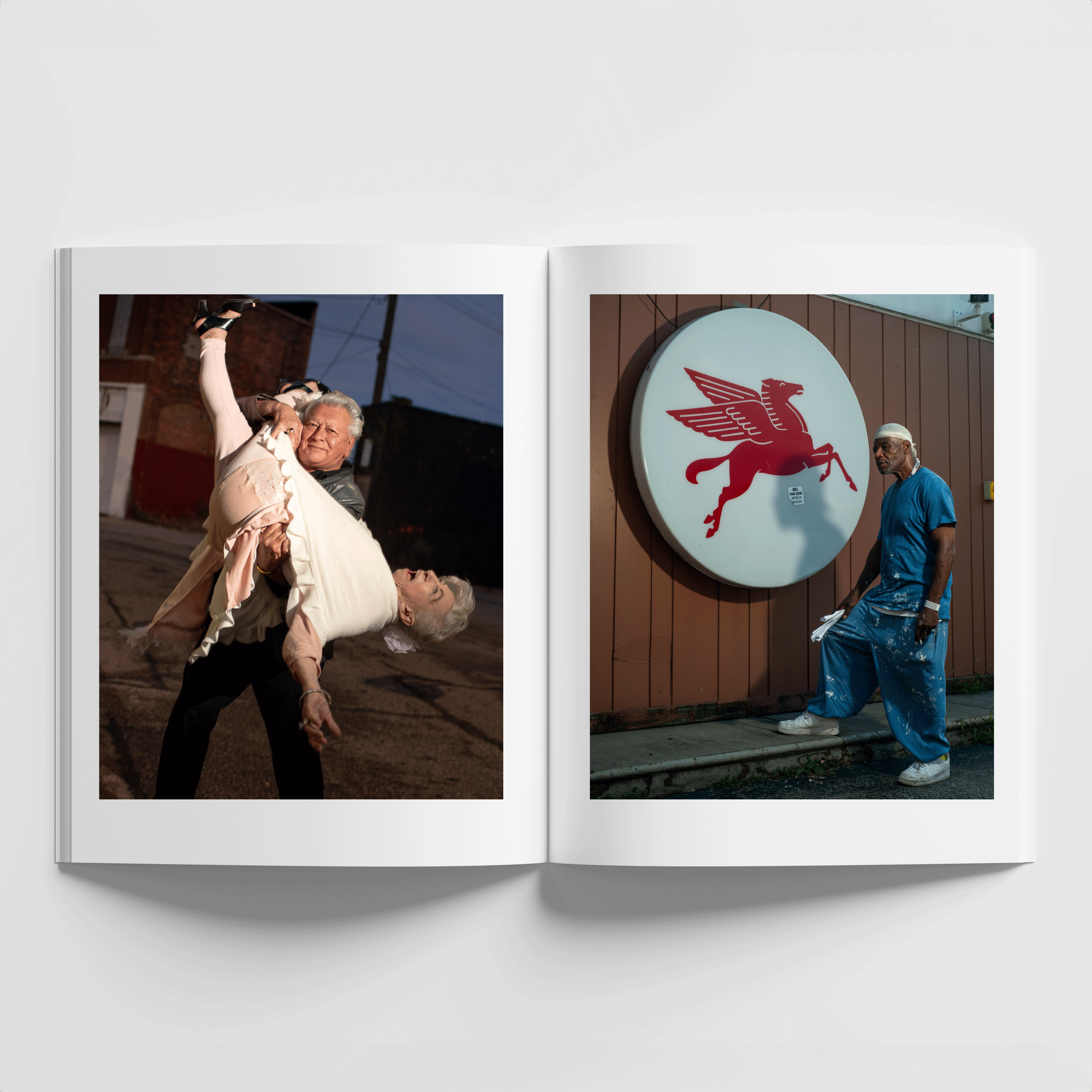
NW: The working title for the book was “everybody is everybody” and that has to do with my personal world-view. I find myself attracted to the ideals of late 20th century liberalism, when many viewed the USA as a melting pot, where the whole world, with all of its cultures, religions, ethnicities and intersectional ways of being could come and be mashed up together. Maybe I am naive, but back then, things felt less tribal, and globalism meant something less hyper-capitalistic. Obviously the implementation of this has been far from perfect, but I think in principle it is a beautiful idea, a country for everyone by everyone... Personally, my family came to this country from Europe and within two generations on both sides completely assimilated and purposely inflicted ourselves with amnesia of any ancestors pre-1900s. That really fucks with me and is on my mind all the time. I think it drives me to seek out all types of people in order to grasp for myself all the dimensions of humanity.
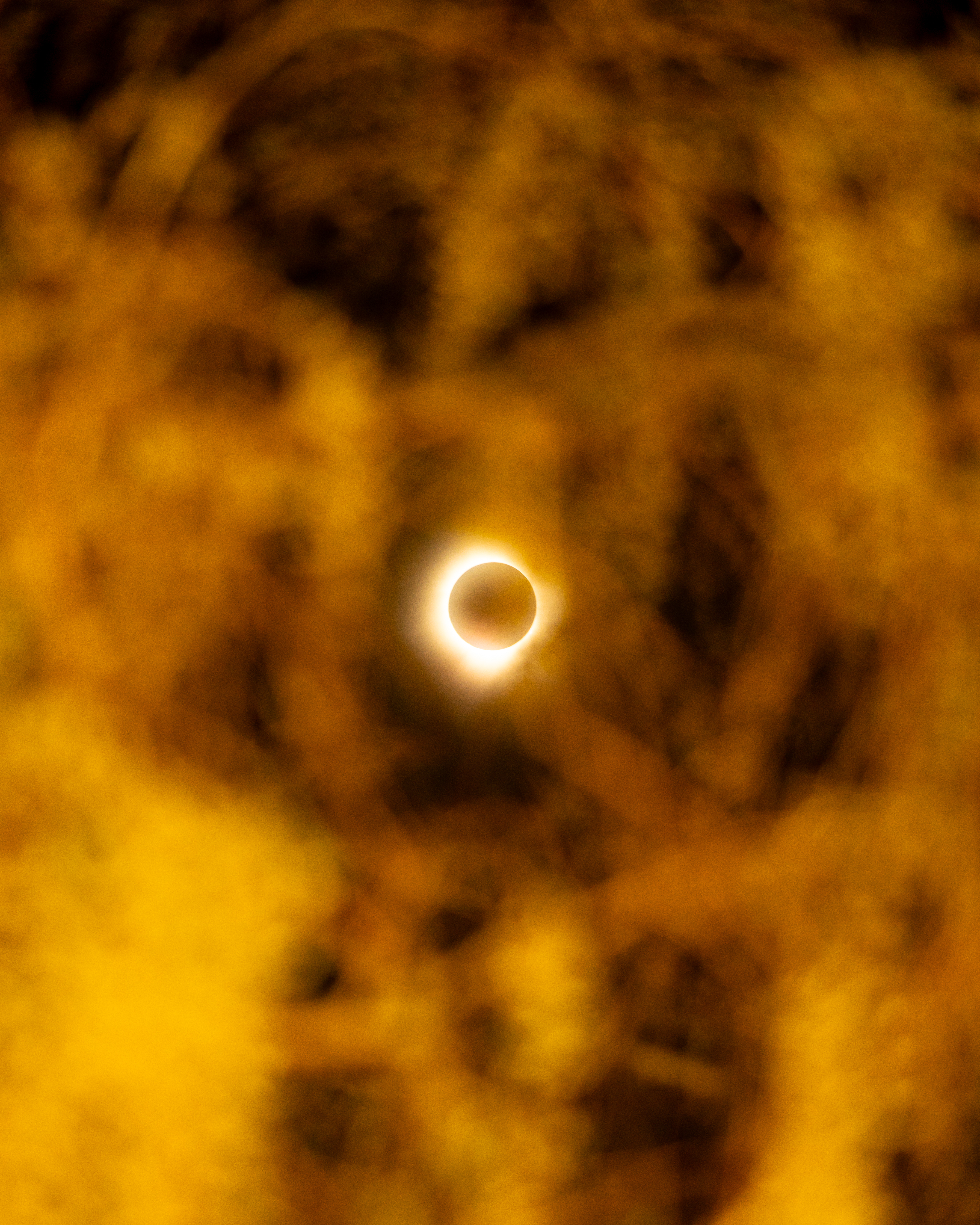
NW: I don’t believe that neutrality is possible. We all have opinions and judgments. However this is not all bad, I believe we are each called to notice these feelings within ourselves and work towards integrating them towards justice and radical love. That is healing. This book is my way of interacting with those concepts.
AC: Can you talk a little bit about your process when taking portraits?
NW: I roll around and scan everything and everyone and talk to people. I photographed way more people than who appear in this book. There are some real bangers that I wish I had space for, and of course one always wants to revise things.
If you know me you know I always have my camera and a strobe on me. It is part of my character. It is a compulsion. I will see someone I think is interesting, maybe it is the way they style themselves, or the way their eyes twinkle, or even because they look like they would be challenging to talk to. I introduce myself as a photographer and ask if they would like to have a portrait made. Some days I get a lot of nos, which can be a bummer, but I get it. Some days I get a ton of yeses, but usually there is at least a bit of skepticism. The real key is having an album of 5 x 7 inch prints of my work with me to show people what they are getting into, a method I learned from my friend Jett Lara, who photographs in LA. Once the session begins, I always get a rush and start trying to figure out how to unlock the special and fickle “thing” that makes a cool picture. I try to think of a nice framing, set up lights and iterate. I usually do this until I get the feeling that my new friend is done, or that I have something successful.
I always ask if they would like the photos, and I text or email them the next day. Usually they are stoked to receive them, sometimes I hear nothing back, sometimes they aren’t so into the pictures. In the case they don’t like the photos, I figure we just have different tastes. I am pretty bullish on the idea that photographers should be allowed to showcase their own personal visions. It’s how the rest of us decide what we like and don’t like, and I am OK with not pleasing everyone.
AC: When was Within Wheel launched, and where?
NW: The photos were made between 2022-24, mostly in Detroit, at most 30 miles from Detroit, and it was printed in Canada in August 2024. The printing was funded by the Office of Diversity, Equity and Inclusion at the U-M School of Social Work.
AC: Where can people purchase the book?
NW: www.nikimidwest.com/store there are very few copies left! ;)
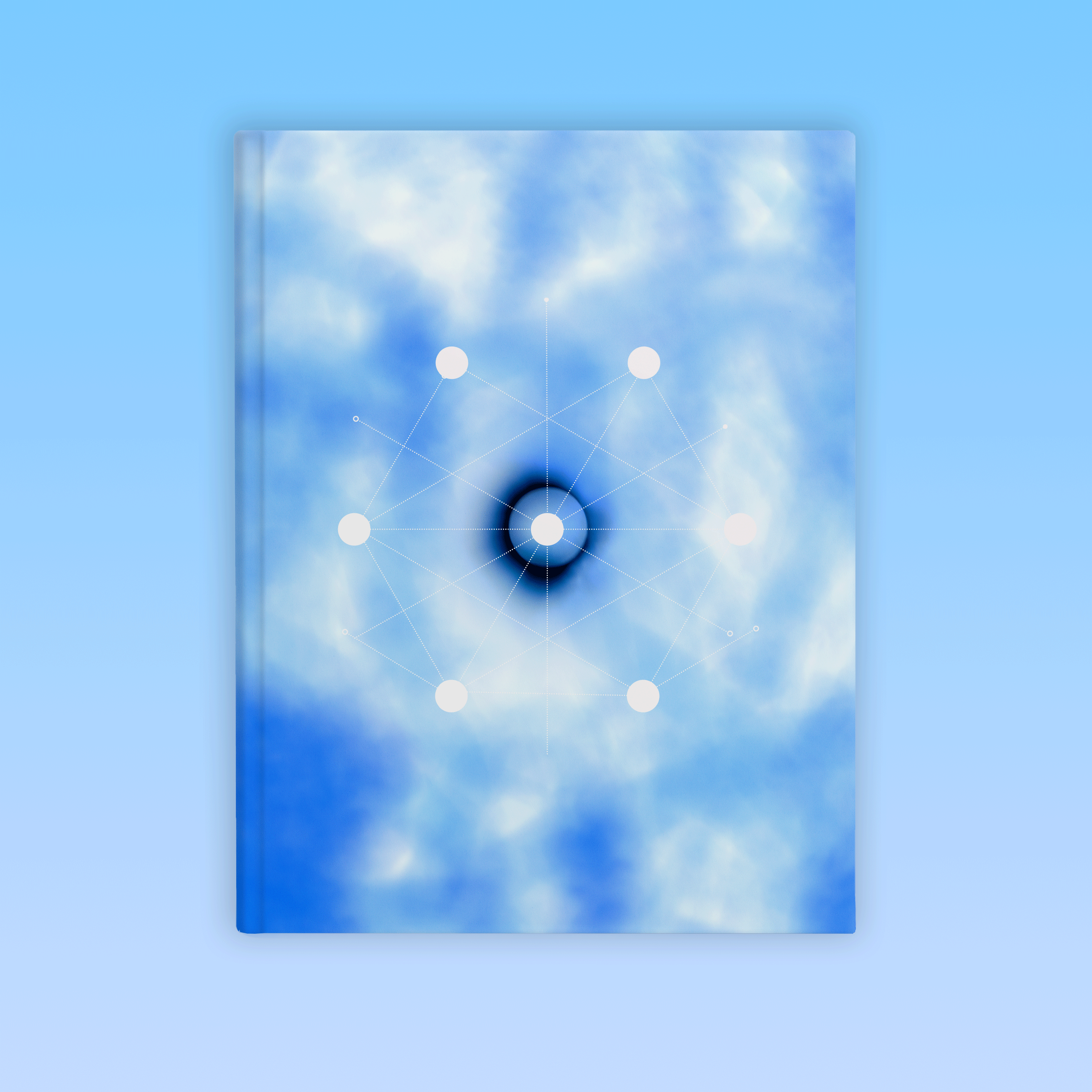
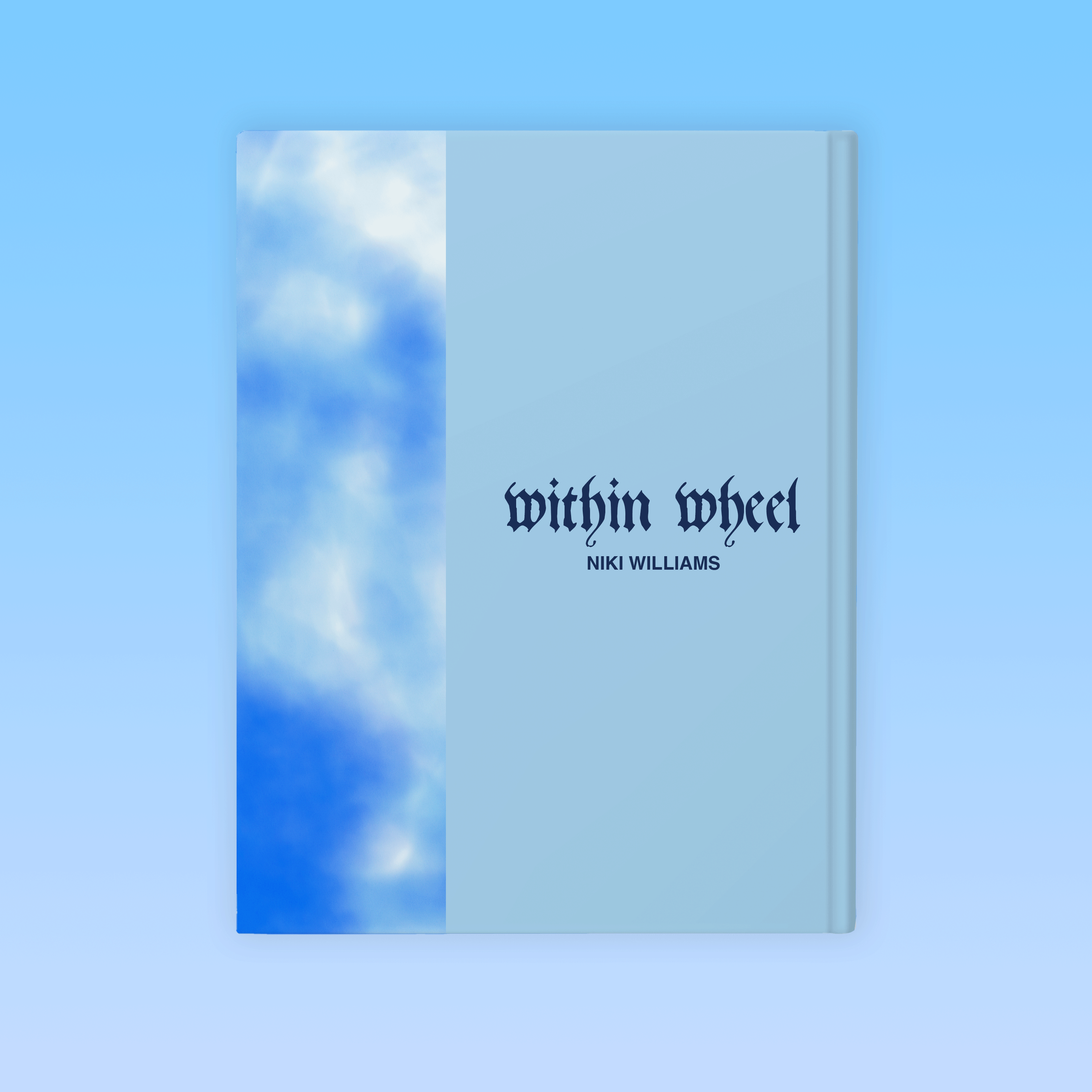
*All images courtesy of the artist.